1. Charleston, South Carolina
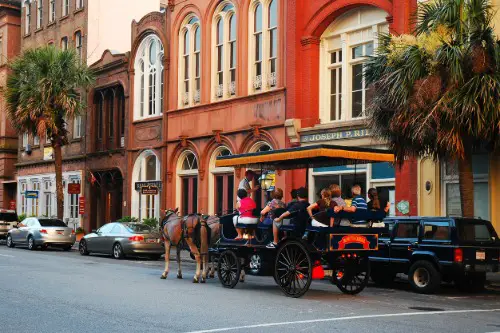
Charleston is famous for its historic charm and strict preservation rules. The Board of Architectural Review carefully oversees changes to building exteriors in the historic district, including front doors. If you want to paint your door a bold new color, you’ll likely need to submit an application and get approval. This helps maintain the city’s classic, colonial look that visitors and residents cherish.
The city’s regulations aim to protect the architectural integrity of centuries-old homes. Even something as simple as swapping a door color can alter the historic vibe. Residents often choose historically appropriate colors approved by the board. So if you’re moving there or just want a fresh look, be prepared for the process.
2. New Orleans, Louisiana
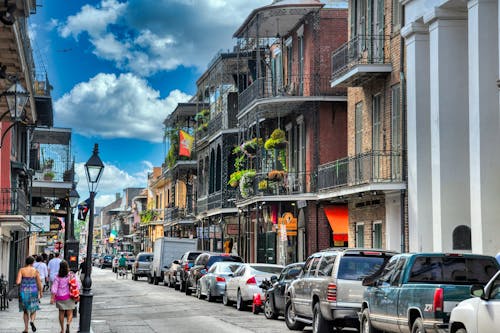
In New Orleans’ French Quarter and other historic neighborhoods, color changes on doors and facades are regulated. The Vieux Carré Commission monitors exterior alterations to maintain the neighborhood’s unique Creole and French influences. Before you grab that bright paint, you’ll need to fill out paperwork and wait for a decision. It’s all about preserving the city’s vibrant but historic atmosphere.
The city encourages colors that reflect its cultural heritage, from deep blues to sunny yellows. Random or modern colors are often discouraged to keep the authentic aesthetic intact. So even if your style leans toward eye-catching shades, expect to navigate some rules first. It’s a small price to pay for keeping the spirit of the French Quarter alive.
3. Santa Fe, New Mexico
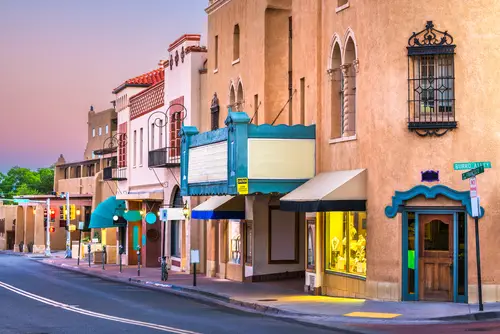
Santa Fe’s historic district is known for its adobe-style homes and Southwestern charm. Here, the Historic Design Review Board has authority over exterior colors, including front doors. They require homeowners to get approval before making changes to ensure colors complement the traditional earthy palette. This keeps the city’s iconic desert look consistent across neighborhoods.
Residents typically stick to muted tones like terra cotta, soft greens, and sandy beiges. Bright or neon colors generally aren’t allowed on historic buildings. Santa Fe’s regulations help maintain a unified visual identity that draws tourists and preserves cultural history. So if you want to change your front door color, plan on a little paperwork.
4. Alexandria, Virginia
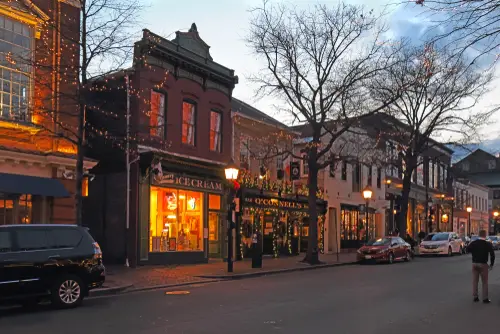
Alexandria’s Old Town is a hotspot for colonial architecture and charming cobblestone streets. The city’s Historic Preservation Review Board controls exterior modifications to protect the area’s colonial-era integrity. Changing your door color requires a permit and approval to ensure it fits the period style. This rule keeps the aesthetic consistent with the 18th and 19th centuries.
Many residents choose rich, traditional colors like deep reds, navy blues, or hunter greens. The board discourages overly bright or modern colors that clash with the historic look. This preservation effort is part of why Old Town Alexandria feels like stepping back in time. So, before repainting, check in with the board.
5. Carmel-by-the-Sea, California
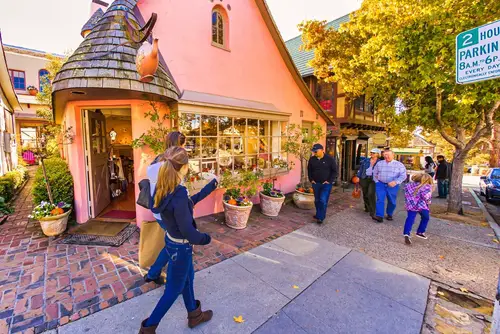
Known for its fairy-tale cottages and artistic vibe, Carmel has strict design rules enforced by the Planning Commission. Exterior colors, including doors, require approval because the city wants to maintain a cohesive and picturesque town appearance. Even a small color change can trigger a review to ensure it blends well with the surrounding homes and natural environment.
Carmel’s palette leans toward soft, natural colors that complement its forested, coastal setting. Bright or flashy door colors are often rejected to keep the peaceful aesthetic. Residents appreciate these guidelines as a way to protect the town’s unique charm and property values. So if you’re thinking of repainting your door, be ready to get permission first.
6. Annapolis, Maryland
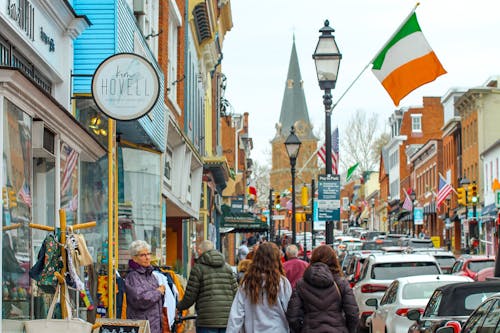
In Annapolis’s Historic District, the Board of Architectural Review oversees exterior changes to homes. This includes front door color, which requires a permit to ensure it fits the colonial and nautical themes of the area. The city wants to avoid clashing colors that might disrupt the historical ambiance of its waterfront community.
Many homeowners select classic, muted colors like navy, hunter green, or burgundy. The board often recommends historically accurate paint colors based on research. These rules help preserve Annapolis’s identity as a charming, maritime city with deep roots. So, changing your front door color is a bit more involved here.
7. Savannah, Georgia
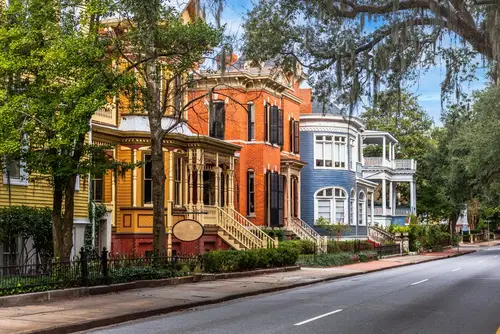
Savannah’s Historic District is one of the largest in the U.S., and its preservation commission keeps a close eye on exterior changes. Because of the city’s beautiful squares and historic architecture, any change to a front door color usually requires approval. This is to ensure colors align with the traditional Southern palette and the overall historic feel.
Residents often choose warm, inviting colors like mustard yellow, olive green, or deep reds. The commission wants to avoid anything too modern or out of place in this classic setting. These guidelines help Savannah maintain its reputation as a city frozen in charming history. So, before painting your door, be sure to check the rules.
8. Pasadena, California

Pasadena’s historic neighborhoods have design review processes that extend to front doors. The city encourages homeowners to choose colors that are historically or architecturally appropriate. A permit and approval are often required to make sure changes don’t disrupt the cohesive look of vintage homes.
Colors that are too bold or unconventional can be turned down. The goal is to protect Pasadena’s charming craftsman and bungalow style houses. So even if you want a trendy door color, you might have to tone it down to get approval.
9. Beacon Hill, Boston, Massachusetts

Beacon Hill is famous for its Federal-style brick row houses and strict aesthetic rules. The Boston Landmarks Commission requires permits for exterior alterations, including door colors. This process preserves the historic character of one of Boston’s oldest and most picturesque neighborhoods.
The typical door colors here are deep reds, black, or dark greens — all historically accurate choices. Bright or neon hues are almost never approved. These rules help Beacon Hill maintain its status as a symbol of Boston’s colonial history. Changing your door color here definitely means jumping through some hoops.
10. Key West, Florida
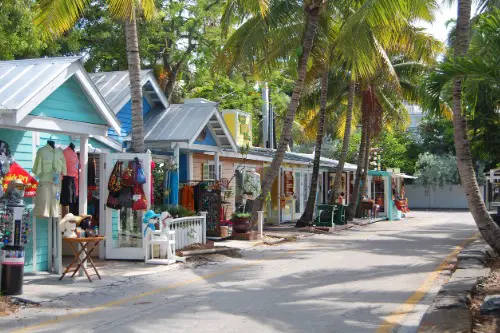
Key West’s Old Town Historic District has a Design Review Committee that regulates exterior colors to maintain its tropical, conch-style architecture. Changing your front door color requires an application to ensure it fits with the island’s laid-back yet historic aesthetic. The city encourages bright pastels but still within an approved palette.
Unapproved colors or wildly different hues may be rejected to protect neighborhood harmony. These regulations help keep Key West’s vibrant, unique charm intact. So if you want that perfect island look, be prepared to submit your door color for review first.
11. New Castle, Delaware
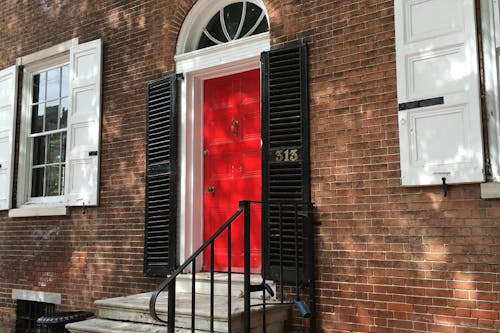
In the historic district of New Castle, homeowners must obtain approval before changing exterior paint colors, including doors. The town’s Historic District Commission ensures all changes preserve the colonial-era look. This careful oversight helps maintain the town’s quaint, 18th-century feel that attracts visitors and history buffs.
The palette here leans toward traditional shades like brick red, forest green, and navy blue. The commission often denies bright or modern colors that don’t match the historic vibe. So changing your door color involves a bit of patience and paperwork in New Castle.
12. Galena, Illinois

Galena’s historic district requires residents to get permission before making exterior changes. The Historic Preservation Commission reviews front door colors to keep the Victorian-era downtown consistent. This ensures that homes blend well with the town’s well-preserved 19th-century look.
Typical approved colors include classic tones like burgundy, dark green, and navy blue. The commission generally rejects colors that are too trendy or loud. This keeps Galena’s charm intact, preserving its appeal as a top historic destination. So if you want to brighten your door, plan on getting approval first.
This post 12 U.S. Towns Where You Need a Permit to Change Your Front Door Color was first published on American Charm.


